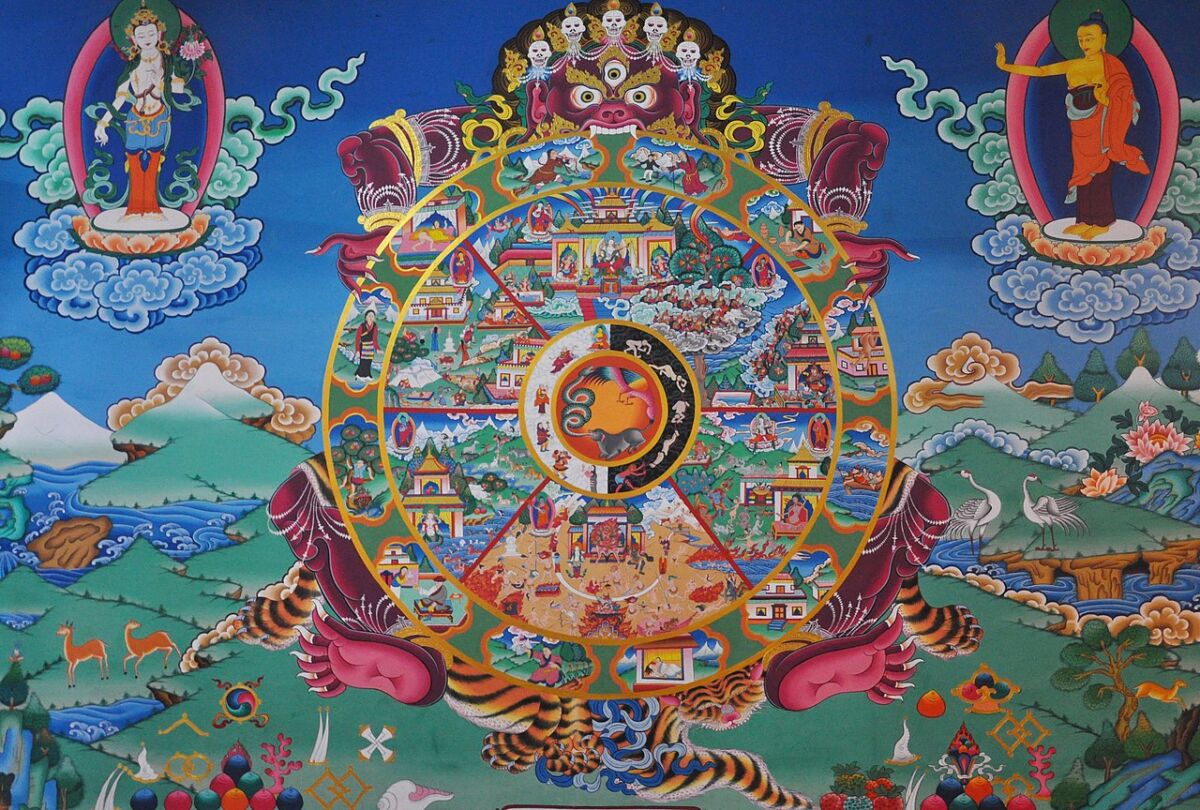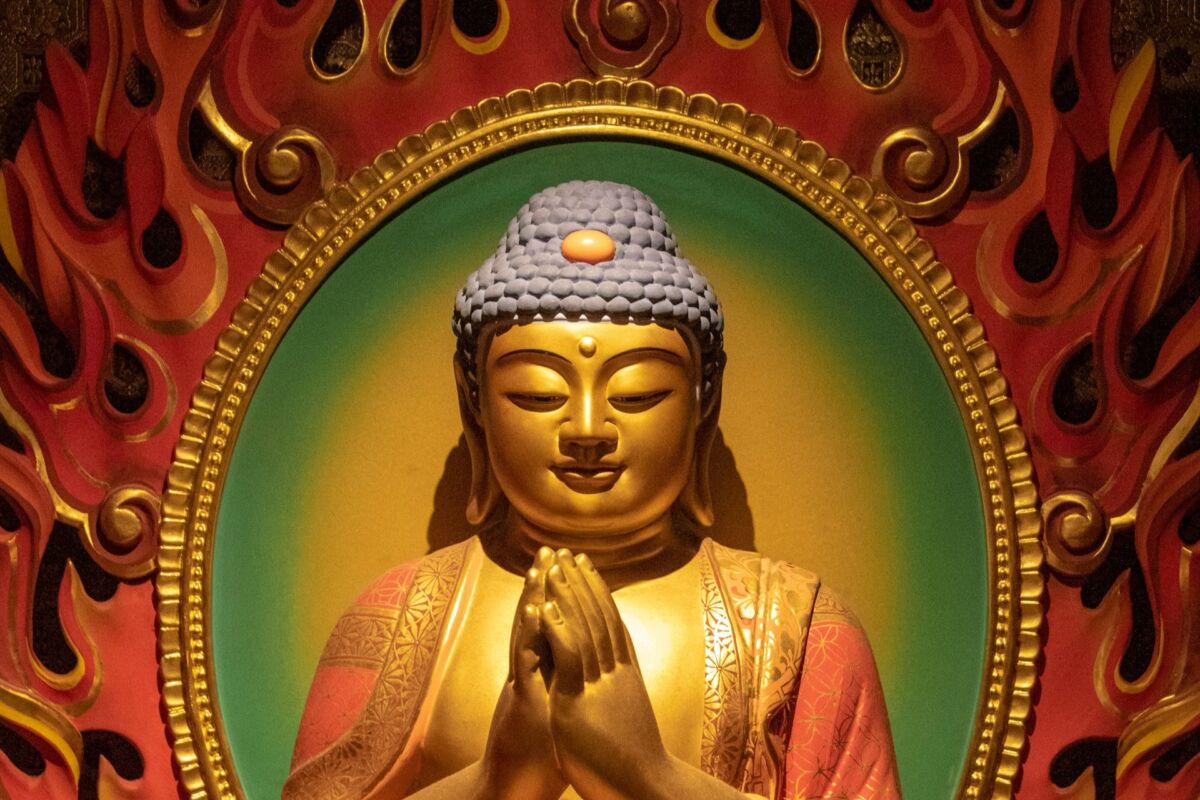What are the twelve links of dependent origination in Buddhism?
A better question to ask, in my opinion, would be, “Why do we suffer?” In Buddhism, the main source of our suffering is traced to our boundless cravings, contained in the Second Noble Truth.
We crave many things but the most powerful among them is the craving for a sense of control in our life. We feel insecure in the ever-changing world and will grasp at anything to relieve the discomfort – food, alcohol, sex, shopping, our views and opinions. Unconsciously, all these things form our ego or fixed identity, which, in turn, leads to fixed ideas about everything we perceive. You have a fixed idea about me, and I have a fixed idea about you. And once there is a feeling of separation, it gives rise to strong emotions like anger, pride, and jealousy. These strong emotions further reinforce our fixed identities and ideas about the world; they make us go around and around, recycling the same patterns of thinking and behavior and trapping us in the cycle of dependent origination, never-ending cycle of pain. This is what Maurice Walshe explores in a portion of his book titled The Long Discourses of the Buddha.

FREE Self-Test: How Spiritual Are You?
Walshe begins by describing the standard formulation of twelve links of dependent origination as its represented in ancient Buddhist scriptures:
- Ignorance conditions the ‘Karma-formations’
- The Karma-formations condition Consciousness
- Consciousness conditions Mind-and-Body (lit. ‘Name-and-Form’)
- Mind-and-Body conditions the Six Sense-Bases
- The Six Sense-Bases condition Contact
- Contact conditions Feeling
- Feeling conditions Craving
- Craving conditions Clinging
- Clinging conditions Becoming
- Becoming conditions Birth
- Birth conditions (12) Ageing-and-Death
Then Walshe notes that there are many interpretations of twelve links but one of them postulates that they are spread over three lives: 1-2 belonging to a past life, 3-10 to this present life, and 11-12 to a future life. Thus, the development of our (2) ‘karma-formations‘ or behavior patterns is due to (1) past ignorance (the fact that we are not enlightened beings).
He continues by saying that these behavior patterns condition the arising of (3) a new consciousness in the womb, on the basis of which (4) a new psycho-physical complex (name-and-form) comes into being, equipped with (5) six sense-bases (of sight, hearing, smelling, tasting, touching, and mind as the sixth sense). (6) Contact of any these with a sense-object (sight, sound, etc.) produces (7) feeling, which may be pleasant, unpleasant, or neutral.
Walshe adds that on the basis of pleasant feeling, (8) craving arises. Craving results in (9) clinging and the process of (10) becoming and (11) birth, inevitably leading to (12) ageing-and-death. This is the process in which we are trapped, forced to perpetuate the cycle of rebirth until we free ourselves by attaining Nirvana.
Complement this teaching from the Long Discourses of the Buddha with our articles about the Four Noble Truths, the Noble Eightfold Path, and four reasons why the Buddha started his spiritual journey.

FREE mindfulness resources for stress relief
I’m a freelance writer and mindfulness advocate behind this blog. I started my meditation practice in 2014, and in 2017 I launched this website to share what I learn with others. Here are the three things you can do here:
1. Schedule a free consult if you want to learn Buddhist meditation.
2. Download free mindfulness resources for stress relief
3. Join Patreon for exclusive content and community meetings.









